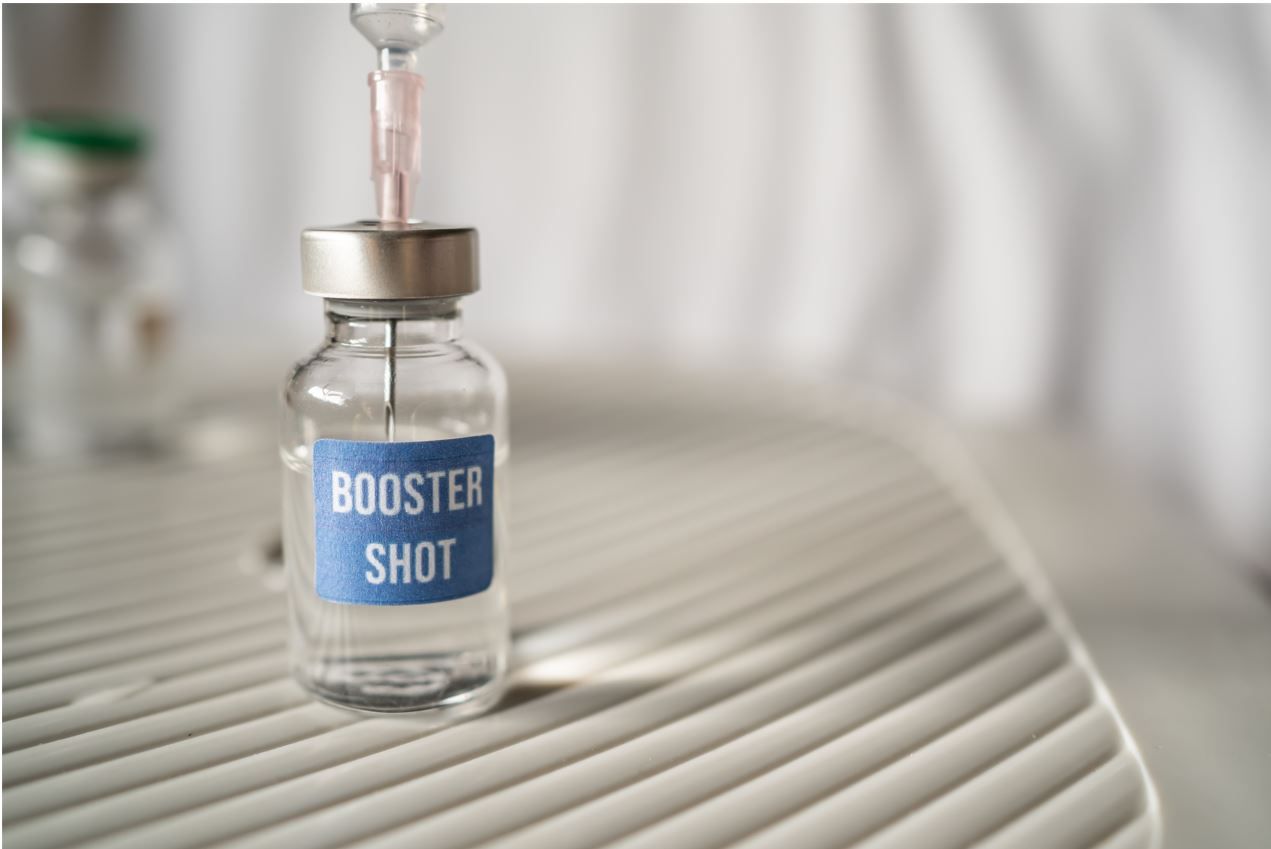- Clinical Technology
- Adult Immunization
- Hepatology
- Pediatric Immunization
- Screening
- Psychiatry
- Allergy
- Women's Health
- Cardiology
- Pediatrics
- Dermatology
- Endocrinology
- Pain Management
- Gastroenterology
- Infectious Disease
- Obesity Medicine
- Rheumatology
- Nephrology
- Neurology
- Pulmonology
CDC Releases First Estimates of Bivalent mRNA COVID-19 Booster Effectiveness against XBB/XBB.1.5
Preliminary estimates showed relative bivalent booster dose vaccine effectiveness against XBB/XBB.1.5 for at least the first 3 months after vaccination.

In a report released Wednesday, the US Centers for Disease Control and Prevention (CDC) provided the first estimates of the effectiveness of bivalent mRNA COVID-19 vaccines against the newest dominant Omicron subvariant of SARS-CoV-2.
The preliminary estimates showed relative bivalent booster dose vaccine effectiveness (VE) against XBB and its sublineage XBB.1.5 for at least the first 3 months after vaccination in persons who had previously received 2, 3, or 4 monovalent vaccine doses.
“As new SARS-CoV-2 variants emerge, continued vaccine effectiveness monitoring is important. All persons should stay up to date with recommend COVID-19 vaccines, including receiving a bivalent booster dose when eligible,” wrote investigators in the report published in MMWR.
XBB/XBB.1.5 has been described as the most transmissible SARS-CoV-2 subvariant to date. XBB together with XBB.1.5 accounted for 52% of sequenced lineages in the US as of January 21, 2023, according to the CDC. VE against XBB/XBB.1.5, in particular VE associated with newer mRNA bivalent vaccines, however, until now, was unknown.
Researchers analyzed data from the Increasing Community Access to Testing (ICATT) national pharmacy program for SARS-CoV-2 testing to estimate VE of bivalent mRNA COVID-19 vaccines against symptomatic infection caused by BA.5-related and XBB/XBB.1.5-related sublineages among immunocompetent adults between December 1, 2022, and January 13, 2023.
Reduction or failure of spike gene (S-gene) amplification (SGTF) in real-time reverse transcription–polymerase chain reaction (RT-PCR) was used as a proxy indicator of infection with BA.5-related sublineages and S-gene target presence (SGTP) of infection with XBB/XBB.1.5-related sublineages.
There were 3 age groups in the report: 18-49 years, 50-64 years, and ≥65 years. Across all age groups, VE of bivalent booster doses was generally similar against BA.5-related infections and XBB/XBB.1.5-related infections. VE against symptomatic BA.5-related infection was 52% among persons aged 18–49 years, 43% among persons aged 50–64 years, and 37% among those aged ≥65 years. VE against symptomatic XBB/XBB.1.5-related infection was 49% among persons aged 18–49 years, 40% among persons aged 50–64 years, and 43% among those aged ≥65 years.
“Evidence of waning VE by 2–3 months after receiving a bivalent dose based on point estimates was minimal, although estimates were imprecise. Sensitivity analyses did not show a meaningful change in VE by different analytic period start dates,” wrote the research team.
These results are subject to the following 4 limitations:
- Vaccination status, previous infection history, and underlying medical conditions were self-reported and, therefore, subject to recall bias.
- Bivalent booster dose coverage to date has been low, which could bias the findings if persons getting vaccinated earlier are systematically different from those vaccinated later.
- Data on SARS-CoV-2 exposure risk and mask use were not collected; biases might arise due to differences in testing behaviors between vaccinated and unvaccinated individuals, resulting in residual confounding.
- Analysis did not control for time since last monovalent dose, but because monovalent VE against infection with Omicron sublineages wanes quickly, this likely had a minimal effect on results.
